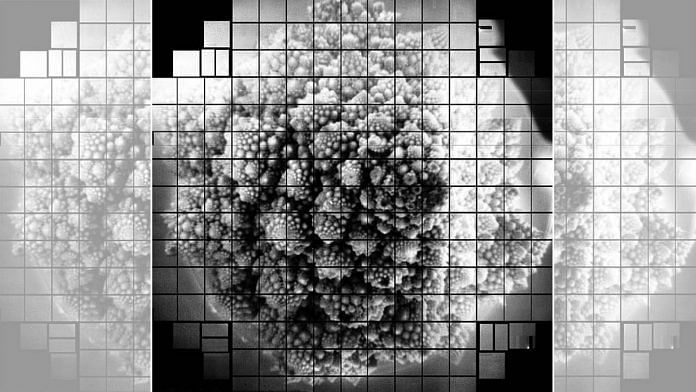New Delhi: Scientists have taken a photograph of a cauliflower that is the biggest image taken in one shot. The image was taken by a sensor that will be part of the world’s largest digital camera. The shot, made up of 3.2 billion pixels, is so large that it would need 378 4K TV screens to show it at full size.
To give you an idea of what this means in terms of resolution, this camera would make a golf ball visible from 24 kilometres away.
This part of the camera will be integrated with the body of the Rubin Observatory LSST Camera along with its lenses, a shutter and a filter system to observe the night sky in varying colours.
The finished camera will be around the size of an SUV, and final testing will begin in mid 2021. More on New Atlas.
68% of world’s biodiversity has died out since 1970
The world has lost 68 per cent of its population of mammals, birds, amphibians, reptiles and fish since 1970 as a result of human activities that leave a devastating impact on natural habitats.
According to WWF’s Living Planet Report 2020, the factors that increase the planet’s vulnerability to pandemics, such as land-use change and wildlife trade, are also responsible for driving this decline.
The report, put together by more than 125 experts from around the world, tracked trends in global wildlife abundance. Almost 21,000 populations of more than 4,000 vertebrate species between 1970 and 2016 were studied.
One of the key findings of the report is that the way humans produce food is the main cause of the dramatic decline in species populations on land. Agricultural expansion has led to habitat loss and degradation, and deforestation.
Moreover, wildlife populations found in freshwater habitats have suffered a decline of 84 per cent, which is the starkest average population decline in any biome since 1970. More on Independent.
Deep search of 10 million stars fails to find any signs of intelligent alien life
Scanning through a patch of the sky that is known to include at least 10 million stars, scientists have failed to detect any sign of intelligent life.
Using the Murchison Widefield Array (MWA) radio telescope in Australia, scientists completed the deepest and broadest search at low frequencies for alien technologies. The team, which included scientists from India, observed the sky around the Vela constellation. And it appears that at least this part of the Universe has no signs of alien civilisations.
The MWA telescope searches for powerful radio emissions at frequencies similar to FM radio frequencies. Scientists believe that these ‘technosignatures’ could indicate the presence of an intelligent life form outside our solar system.
According to the team, even though this was a big study, the amount of space they searched was the equivalent of trying to find something in the Earth’s oceans but only searching a volume of water equal to a backyard swimming pool. More on Express.
Jupiter’s moons may be warming each other
Scientists have found that interactions between Jupiter’s moons are heating these cosmic bodies up.
In a process called tidal heating, gravitational tugs from Jupiter’s moons and the planet itself stretch and squish the moons enough to warm them. As a result, some of the icy moons contain interiors warm enough to host oceans of water, and in the case of the rocky moon Io, tidal heating melts rock into magma.
Researchers earlier believed that the gas giant Jupiter was responsible for most of the tidal heating. However, a new study shows that moon-moon interactions may be more responsible for the heating than Jupiter alone. More on BGR.
Interstellar visitor ‘Oumuamua may be a cosmic dust bunny
Scientists believe that a cigar-shaped interstellar visitor, known as ‘Oumuamua, may be nothing more than a cosmic dust bunny.
On Earth, “dust bunnies” describe clumps of dust particles held together by static electricity that are often found floating around under furniture.
Ever since its discovery in 2017, researchers have been trying to understand how this object originated. Some propose that perhaps the space rock is solid hydrogen that, as the rock nears a star, turns to gas and propels ‘Oumuamua onward.
There have even been theories that the rock could be an alien light sail built by an intelligent alien species.
The new research suggests that a large chunk of rock may have broken off a comet’s nucleus. As dust and gas particles flowed away from the nucleus, they attached themselves to the rocky fragment, eventually forming ‘Oumuamua.
Over time as the fragment grew larger, the gas flowing away from the comet pushed the dusty rock out into space, from where it eventually floated into our solar system. More on Space.



